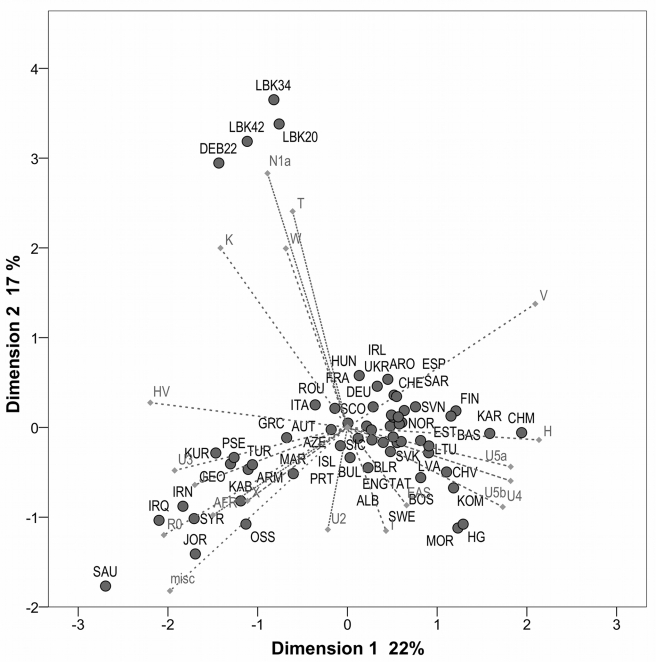Figure 2. PCA plot based on mtDNA haplogroup frequencies.
The two dimensions display 39% of the total variance. The contribution of each hg is superimposed as grey component loading vectors. Notably, the Derenburg dataset (DEB22) groups well with its meta-population (LBK20), supporting the unique status and characteristic composition of the LBK sample. Populations are abbreviated as follows (Table S6): ALB, Albanians; ARM, Armenians; ARO, Aromuns; AUT, Austrians; AZE, Azeris; BAS, Basques; BLR, Byelorussians; BOS, Bosnians; BUL, Bulgarians; CHE, Swiss; CHM, Mari; CHV, Chuvash; CRO, Croats; CZE, Czechs; DEB22, Derenburg; DEU, Germans; ENG, English; ESP, Spanish; EST, Estonians; FIN, Finns; FRA, French; GEO, Georgians; GRC, Greeks; HG, European Mesolithic hunter–gatherers.; HUN, Hungarians; IRL, Irish; IRN, Iranians; IRQ, Iraqis; ISL, Icelanders; ITA, Italians; JOR, Jordanians; KAB, Kabardinians; KAR, Karelians; KOM, Komis (Permyaks and Zyrian); KUR, Kurds; LBK20, LBK without Derenburg; LBK34, all LBK samples excluding potential relatives; LBK42, all LBK; LTU, Lithuanians; LVA, Latvians; MAR, Moroccans; MOR, Mordvinians; NOG, Nogais; NOR, Norwegians; OSS, Ossetians; POL, Poles; PRT, Portuguese; PSE, Palestinians; ROU, Romanians; RUS, Russians; SAR, Sardinians; SAU, Saudi Arabians; SCO, Scots; SIC, Sicilians; SVK, Slovaks; SVN, Slovenians; SWE, Swedes; SYR, Syrians; TAT, Tatars; TUR, Turkish; UKR, Ukrainians.

